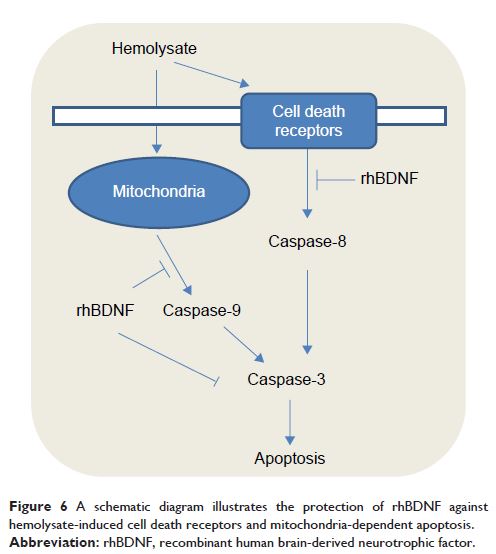9 7 3 1 6
论文已发表
注册即可获取德孚的最新动态
IF 收录期刊
- 3.3 Breast Cancer (Dove Med Press)
- 3.4 Clin Epidemiol
- 2.5 Cancer Manag Res
- 2.9 Infect Drug Resist
- 3.5 Clin Interv Aging
- 4.7 Drug Des Dev Ther
- 2.7 Int J Chronic Obstr
- 6.6 Int J Nanomed
- 2.5 Int J Women's Health
- 2.5 Neuropsych Dis Treat
- 2.7 OncoTargets Ther
- 2.0 Patient Prefer Adher
- 2.3 Ther Clin Risk Manag
- 2.5 J Pain Res
- 2.8 Diabet Metab Synd Ob
- 2.8 Psychol Res Behav Ma
- 3.0 Nat Sci Sleep
- 1.8 Pharmgenomics Pers Med
- 2.7 Risk Manag Healthc Policy
- 4.2 J Inflamm Res
- 2.1 Int J Gen Med
- 4.2 J Hepatocell Carcinoma
- 3.7 J Asthma Allergy
- 1.9 Clin Cosmet Investig Dermatol
- 2.7 J Multidiscip Healthc

已发表论文
重组人类脑源性神经营养因子可预防蛛网膜下腔出血体外模型中新体的神经细胞凋亡
Authors Li M, Wang Y, Wang W, Zou C, Wang X, Chen Q
Received 22 November 2016
Accepted for publication 25 January 2017
Published 3 April 2017 Volume 2017:13 Pages 1013—1021
DOI https://doi.org/10.2147/NDT.S128442
Checked for plagiarism Yes
Review by Single-blind
Peer reviewers approved by Dr Papan Thaipisuttikul
Peer reviewer comments 2
Editor who approved publication: Professor Wai Kwong Tang
Abstract: Subarachnoid
hemorrhage (SAH) is a hemorrhagic stroke with high mortality and morbidity. An
animal model for SAH was established by directly injecting a hemolysate into
the subarachnoid space of rats or mice. However, the in vitro applications of
the hemolysate SAH model have not been reported, and the mechanisms remain
unclear. In this study, we established an in vitro SAH model by treating cortical
pyramidal neurons with hemolysate. Using this model, we assessed the effects of
recombinant human brain-derived neurotrophic factor (rhBDNF) on
hemolysate-induced cell death and related mechanisms. Cortical neurons were
treated with 10 ng/mL or 100 ng/mL rhBDNF prior to application of
hemolysate. Hemolysate treatment markedly increased cell loss, triggered
apoptosis, and promoted the expression of caspase-8, caspase-9, and cleaved
caspase-3. rhBDNF significantly inhibited hemolysate-induced cell loss,
neuronal apoptosis, and expression of caspase-8, caspase-9, and cleaved
caspase-3. Our data revealed a previously unrecognized protective activity of
rhBDNF against hemolysate-induced cell death, potentially via regulation of
caspase-9-, caspase-8-, and cleaved caspase-3-related apoptosis. This study
implicates that hemolysate-induced cortical neuron death represents an
important in vitro model of SAH.
Keywords: recombinant human brain-derived neurotrophic factor, subarachnoid hemorrhage, neuroprotection, neuron, apoptosis
Keywords: recombinant human brain-derived neurotrophic factor, subarachnoid hemorrhage, neuroprotection, neuron, apoptosis
